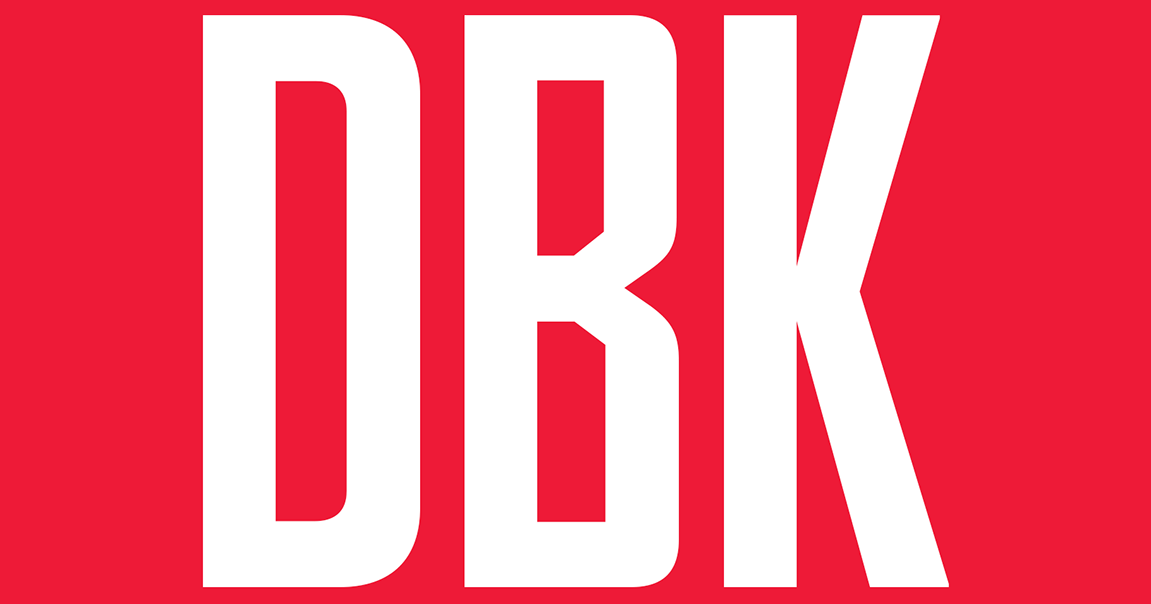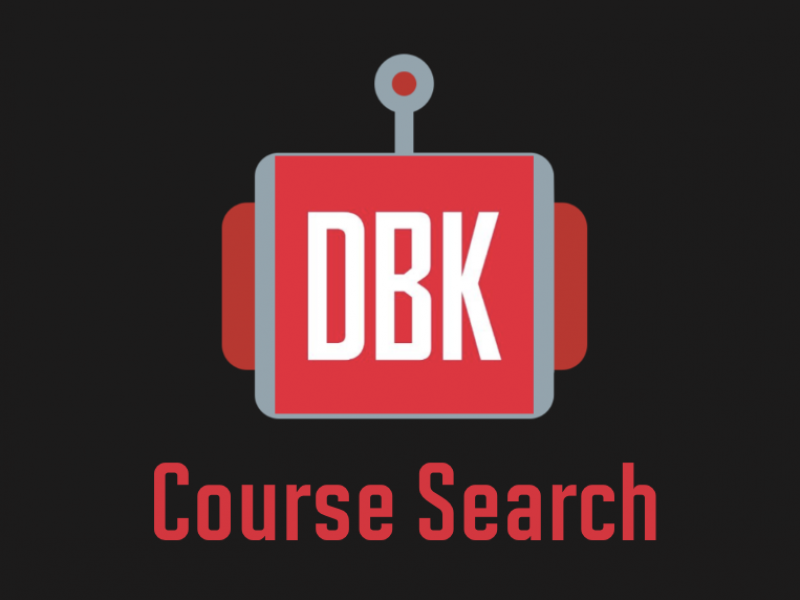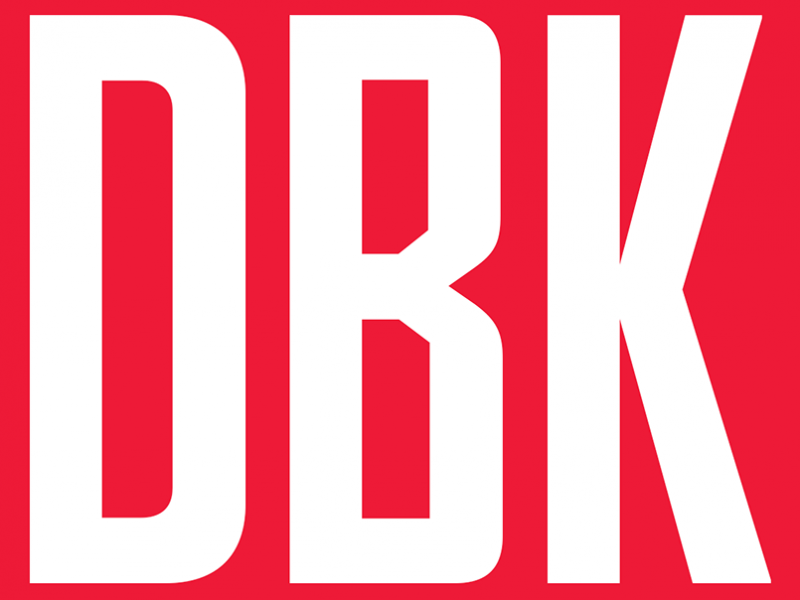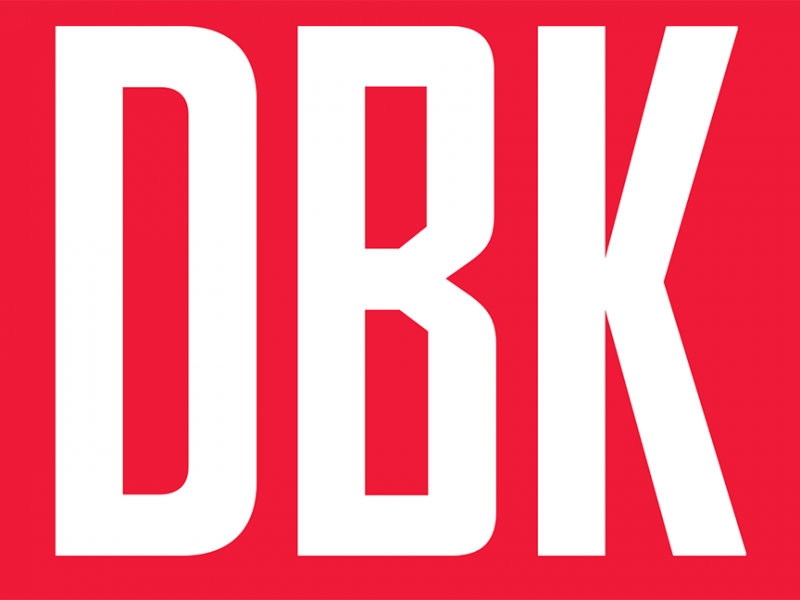The Diamondback has a long history dating back to 1910. Through successes and shortcoming, The Diamondback has always sought to better itself. Over the past few months, the conversations in the newsroom have been ones of deep reflection. But they were also professional, passionate and hopeful. In light of recent errors and misjudgments affecting our community, we want to be transparent in ways we are improving our coverage, editing process and newsroom culture — for both our audience and future college journalists at The Diamondback.
Editing process improvement
To ensure thorough editing, we are implementing more stringent policies on independently obtained facts. We are also modernizing our editing process, building tools to make copy editors’ jobs easier. For instance, editors are expected to verify information independently in stories, opposed to relying on reporters to verify facts. Additionally, reporters are expected to footnote their sources for every fact in a story. For more information, read our new editing and reporting policy here.
Funds allocated for training programs
We are working toward investing in our staff through external training programs on best practices and leadership in our reporting.
Internal transparency
We are developing more thorough documentation and policies on onboarding and offboarding transitions. We are also opening leadership position applications to staff regardless of desk or traditional succession patterns in an effort to have editors and leadership that represents our greater community.
Promoting a healthy culture
We are working to ensure that The Diamondback is a place where mental health is prioritized and valued by giving staff more flexibility with deadlines and time off to prevent burn out, ultimately encouraging healthy staff writer and editor relationships.
Reporting resources
Making sure our journalists have the right resources is critical. We created an updated resource guide on covering race, gender, sexuality, disability, COVID-19, trauma, violence and mental health. The guide will have readings, stylebooks, guides and other resources to push reporters and editors to get a more full understanding of underrepresented topics. These resources will not only include how to cover these topics but also how journalists can take care of themselves while covering these topics. Our resource guide can be found here.
There’s a reason we’re all still at The Diamondback doing this work. The journalists in this newsroom are remarkably resilient and passionate.
For many journalists at The Diamondback, they did not grow up seeing themselves represented in journalism. And going through the University of Maryland and getting ready for careers, we’ve been told time and again the difficulties the industry will bring us: low salary, long hours, burnout, emotional strain, trauma. And these factors are only magnified for people of color, members of the LGBTQ+ community, women and underrepresented identities.
These changes in our newsroom are not solutions to all the issues we face, but they will bring us closer to a newsroom that is open, fun, professional and reflects the communities around us.



